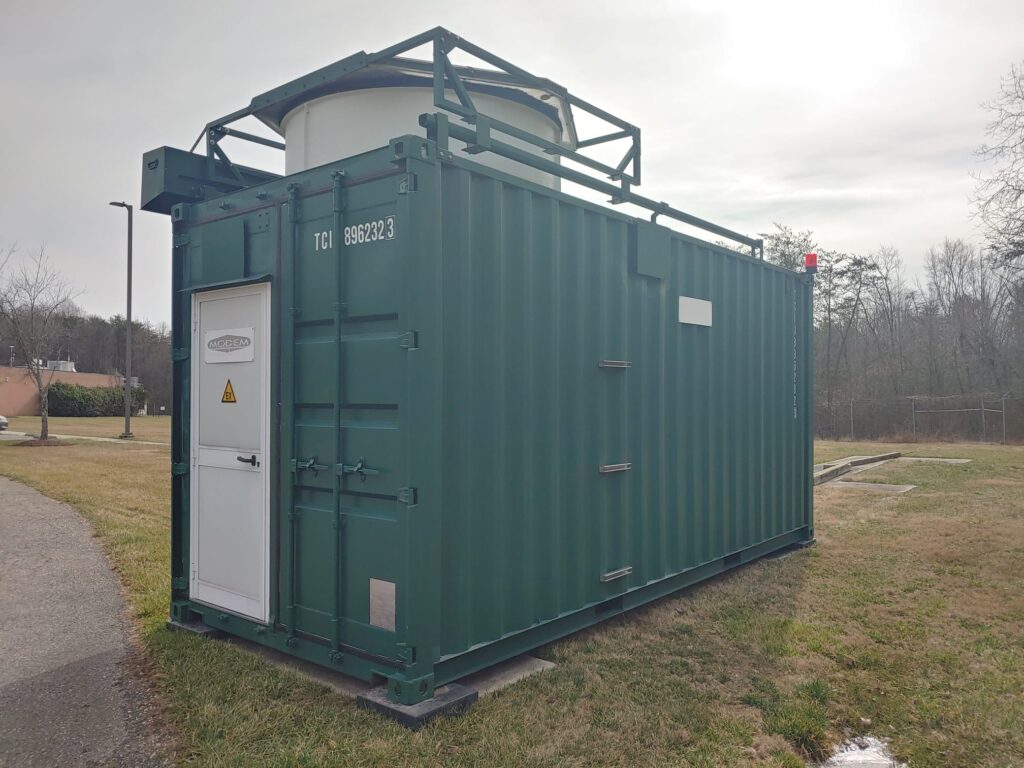Our Campus
Howard University, in partnership with NOAA, NASA, NGA and several other federal agencies, has built a rigorous research program in atmospheric sciences at the Howard University Beltsville Campus (HUBC). Atmospheric sciences research at HUBC is helping the nation and the international community to understand and develop innovative strategies to improve weather forecasts, effectively mitigate climate change, and better understand and predict air quality.
HUBC is located approximately 12 miles northeast of downtown Washington, DC, on 110 acres in suburban Maryland. The campus is in a rural setting. HUBC contains minimal development with not more than 5 percent of the land area occupied by building structures, making it an ideal environment for studying a range of surface-atmospheric interaction processes in a complex suburban/urban/vegetated surrounding landscape. Also, there is an extensive array of instruments to probe upper-air layers, making HUBC a privileged site to study atmospheric processes within the I-95 corridor between Washington DC, and Baltimore, MD.
A comprehensive set of instruments have been deployed including water vapor Raman lidars, micro wave radiometer (MWR), upper air sounding systems, spectral and broadband radiometers, 31 m flux and meteorological tower, gas analyzers and particle samplers, as well as low-cost sensors. These instruments are calibrated to international standards, and their measurements properly archived and disseminated for a variety of scientific research activities and applications.












